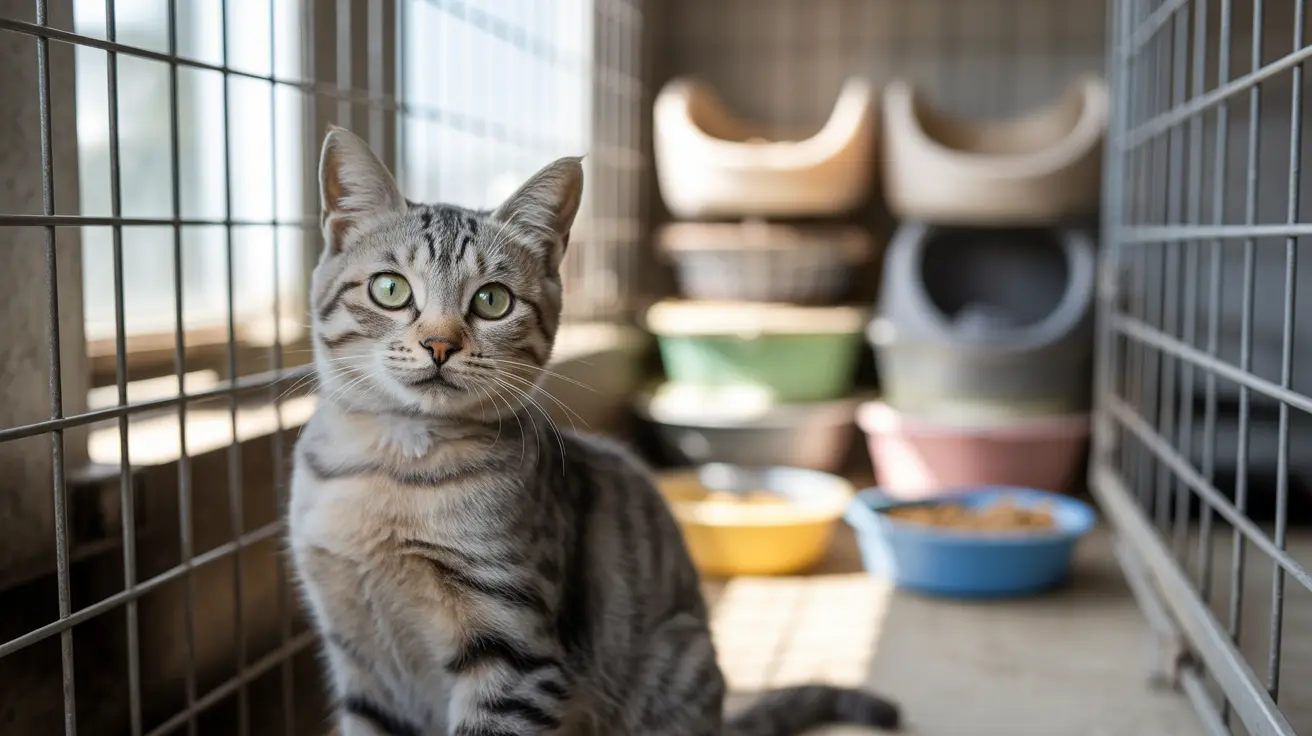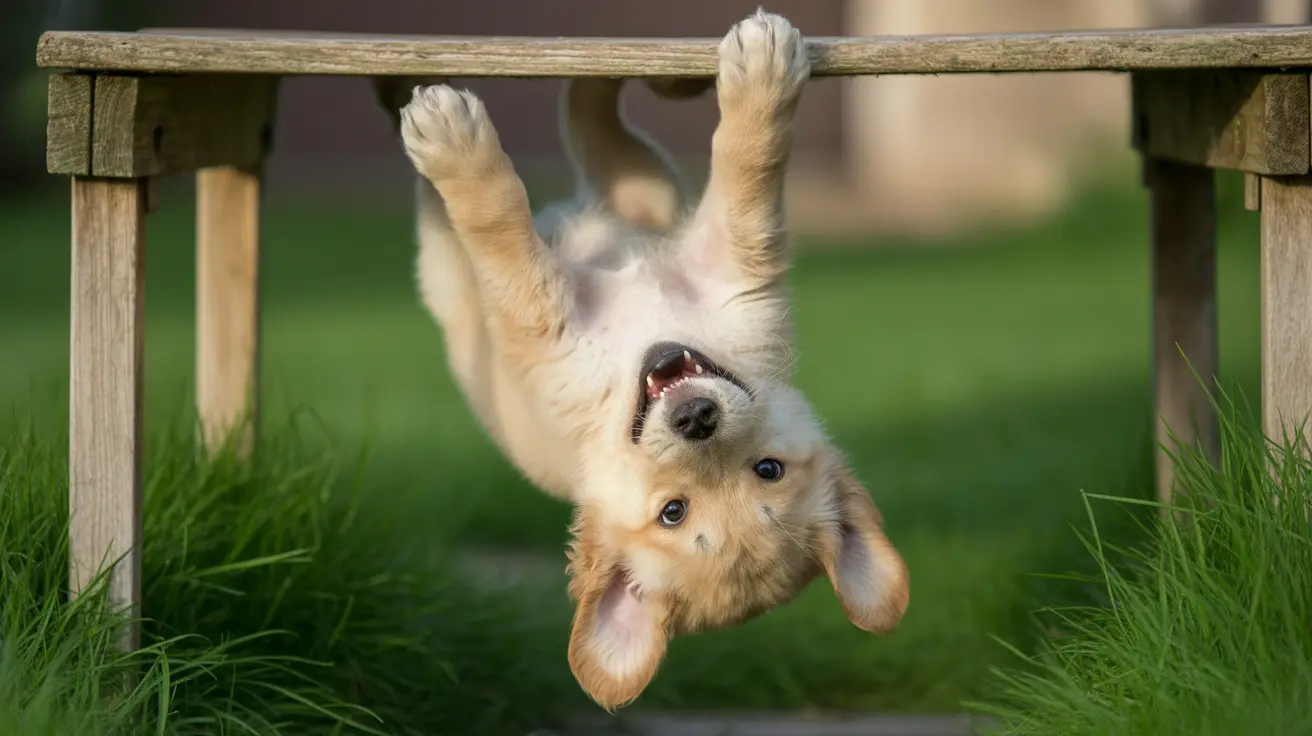If you've noticed your cat making frequent trips to the litter box but producing only small amounts of urine, they may be experiencing pollakiuria. This common urinary condition in cats can be concerning for pet owners and requires proper attention and understanding to ensure effective treatment.
As responsible cat owners, recognizing the signs of pollakiuria early can make a significant difference in your pet's health outcomes. Let's explore this condition in detail, including its causes, symptoms, and available treatment options.
What is Pollakiuria in Cats?
Pollakiuria refers to abnormally frequent urination, typically characterized by small amounts of urine being passed each time. This condition is often a symptom of underlying urinary tract issues rather than a disease itself. When cats experience pollakiuria, they may visit their litter box multiple times per hour, though producing minimal urine with each attempt.
Common Causes of Feline Pollakiuria
Feline Idiopathic Cystitis (FIC)
The most common cause of pollakiuria in cats under 10 years old is FIC, accounting for 60-70% of cases. This condition is strongly linked to stress and can be triggered by environmental changes or anxiety.
Urinary Tract Infections and Stones
While UTIs are less common in younger cats, they can cause pollakiuria, especially in senior cats. Urinary stones (urolithiasis) account for 10-20% of cases and can be particularly dangerous if they cause blockages, especially in male cats.
Recognizing the Signs
Beyond frequent urination, cats with pollakiuria may display several other symptoms:
- Straining while urinating
- Blood in the urine
- Crying out during urination
- Urinating outside the litter box
- Excessive grooming of the genital area
- Changes in behavior or appetite
Diagnosis and Treatment Options
Veterinarians typically diagnose pollakiuria through:
- Physical examination
- Urinalysis
- Blood tests
- Imaging studies (X-rays or ultrasound)
Treatment varies depending on the underlying cause but may include:
- Anti-inflammatory medications
- Dietary modifications
- Increased water intake
- Stress reduction techniques
- Surgery in severe cases
Prevention and Management
To help prevent pollakiuria and its recurrence:
- Provide fresh, clean water daily
- Maintain clean litter boxes
- Feed a balanced diet appropriate for urinary health
- Reduce environmental stress
- Schedule regular veterinary check-ups
Frequently Asked Questions
Why do cats experience pollakiuria, and what are the underlying causes?
Cats experience pollakiuria due to various underlying conditions, including feline idiopathic cystitis, urinary tract infections, bladder stones, and stress-related issues. The most common cause is FIC, accounting for up to 70% of cases in cats under 10 years old.
How can I differentiate between normal and abnormal urination frequency in my cat?
Normal cats typically urinate 2-4 times daily. If your cat is visiting the litter box significantly more often, producing small amounts, or showing signs of distress while urinating, this indicates abnormal frequency requiring veterinary attention.
What are the most effective treatments for pollakiuria in cats, and when should I consult a veterinarian?
Treatment effectiveness depends on the underlying cause but may include anti-inflammatory medications, dietary changes, and stress reduction. Consult a veterinarian immediately if your cat shows signs of straining, pain, or inability to urinate, as these could indicate a medical emergency.
How can I increase my cat's water intake to help manage pollakiuria and other urinary issues?
Increase water intake by providing multiple water sources, using pet fountains, feeding wet food, and adding water to dry food. Some cats prefer running water or wide, shallow water bowls.
What lifestyle changes can I make to prevent or reduce the recurrence of pollakiuria in my cat?
Important lifestyle changes include maintaining a stress-free environment, providing multiple clean litter boxes, ensuring proper hydration, feeding a balanced diet, and managing weight through regular exercise and play.
Remember, pollakiuria in cats should never be ignored, as it can indicate serious underlying health issues. If you notice changes in your cat's urination habits, consult with your veterinarian promptly for proper diagnosis and treatment.






